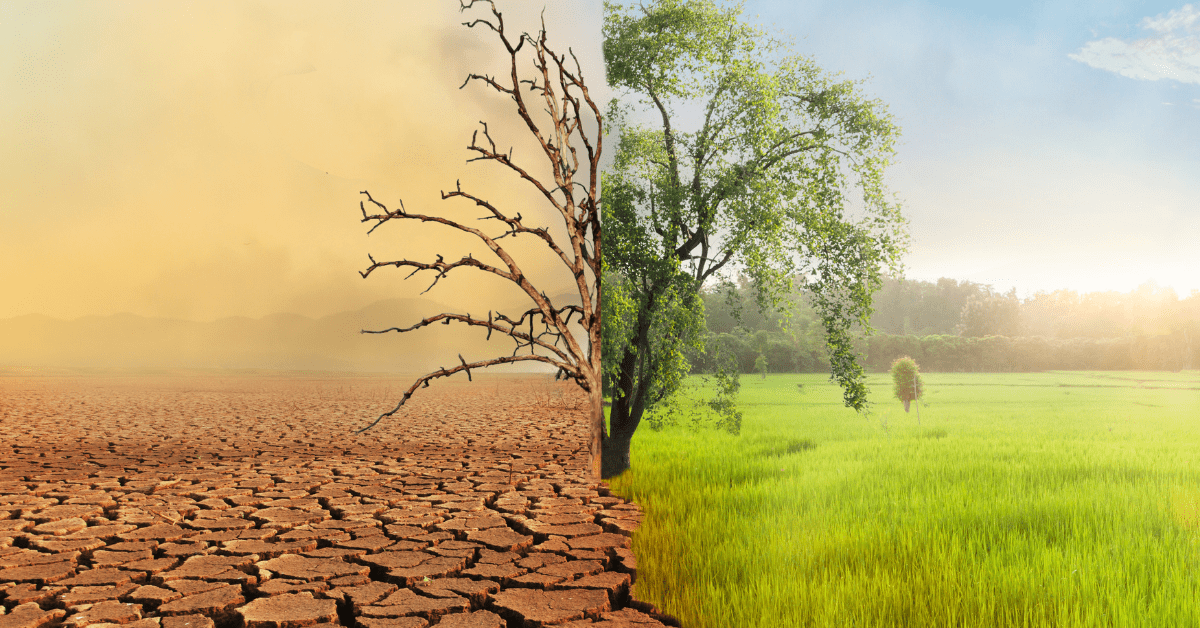The European Court of Human Rights’ condemnation of Switzerland for climate inaction is a historic milestone, emphasizing the imperative for concrete climate action. This verdict reverberates globally, signaling a new era of accountability in addressing the climate crisis. It underscores the pressing need for governments to enact robust legislation and policies to mitigate climate change and safeguard human rights. This ruling serves as a stark reminder that climate change is not merely an environmental issue but a fundamental challenge to human rights, demanding urgent and decisive action from all nations.





